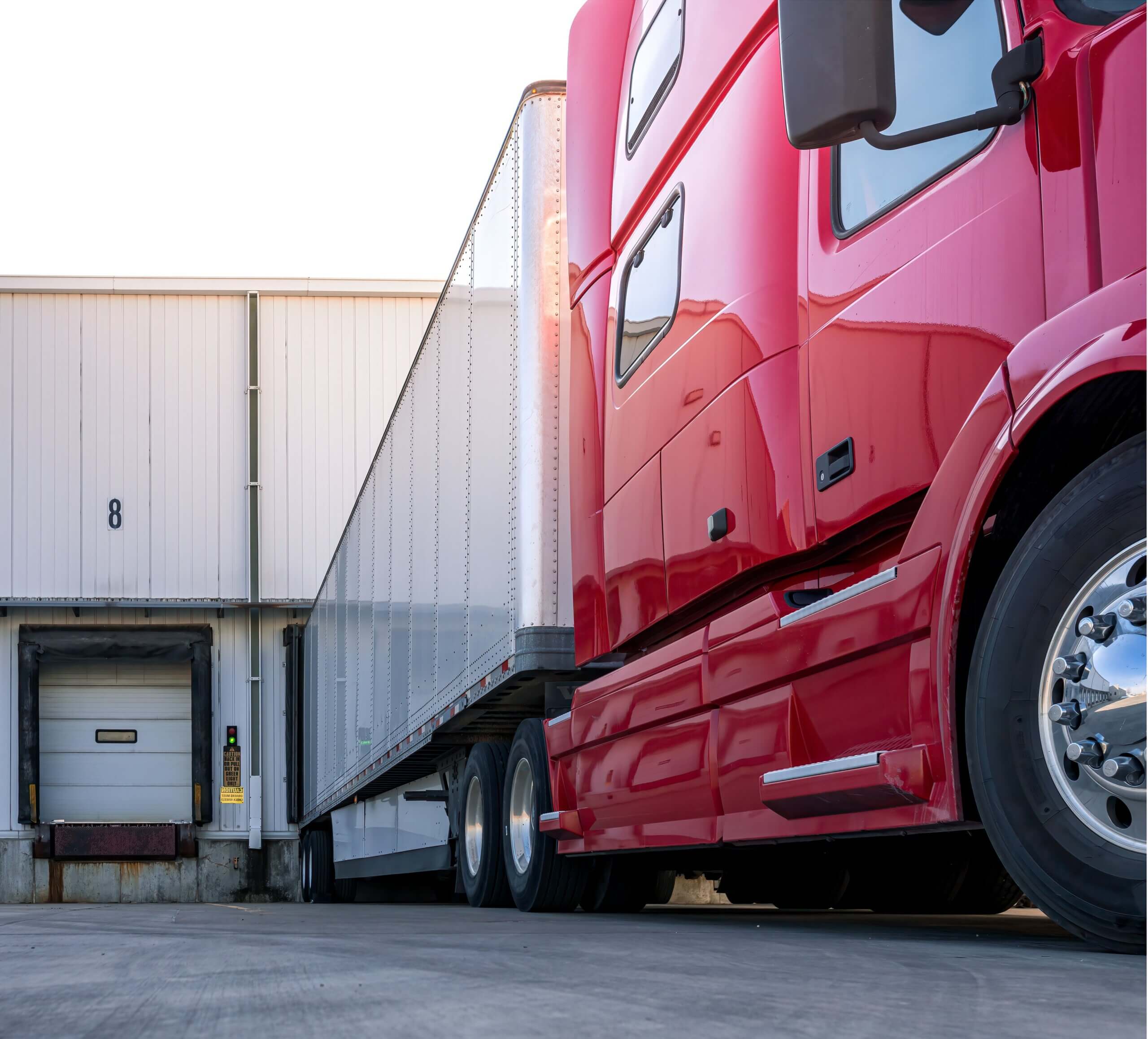The upside of traditional relay trucking is that if a driver carrying time-sensitive freight experiences any delay, that load becomes much easier to recover in a timely manner. In many cases, there are also advantages to drivers, as they can drive the same short routes each day, have more predictable schedules, and be home more often. Rather than drive an entire 1,000-mile trip on their own, drivers could meet at 250-mile intervals, turn around and return home, cutting their road time in half for that trip.
Here’s where it gets tricky: These trucks—which might only be loaded for about half their routes—must arrive at the same time, load up at the same time and depart at the same time to keep the relay efficient and economical. Having a densely packed number of facilities along the route can help, but any procedural delay can turn the entire system into an inefficient nightmare.
Seattle-based truckload carrier Rollzi thinks it has a solution. By using proprietary technology, Rollzi says its single lane relay system (SLRS) business model can eliminate this kind of inefficiency and simultaneously increase the utilization of its trucks.
How SLRS Works
Today, Rollzi’s single lane is Interstate 5, which runs between Washington, Oregon, and California (though thanks to a recent $8 million cash infusion, the company soon plans to open a second SLRS on Interstate 10).
According to Freightwaves.com, the company uses its contracted shipments from customers as anchors, then fills in the available driving time with loads from the spot market and large freight brokers.
Rollzi then uses its technology to develop the most efficient relay possible by crunching the numbers from data streaming in via truck telematics, driver locations, fuel prices, and traffic. Using this outcome, Rollzi can match drivers and trucks to each load and allows drivers to switch loads with other drivers along the route. All the while, Rollzi provides its data to the owners of the freight throughout the route, increasing transparency and trust.
When SLRS Meets Future Shipping Technology
A successful SLRS strategy doesn’t only mean increased visibility and efficiency. It means long-haul fleets can take advantage of the benefits of running shorter routes. Electric trucks, for example, can now be
justified as a viable option to run a portion of a route. A short, dedicated route is also the perfect application for automated trucks to learn predictable patterns and obstacles.
Shorter routes also increase the opportunities for faster deliveries, so drivers have the potential to make more deliveries within that time period. This can snowball into a fleet managing its delivery operations better and enhancing customer satisfaction.
Source: Great Dane, March 21st 2023




